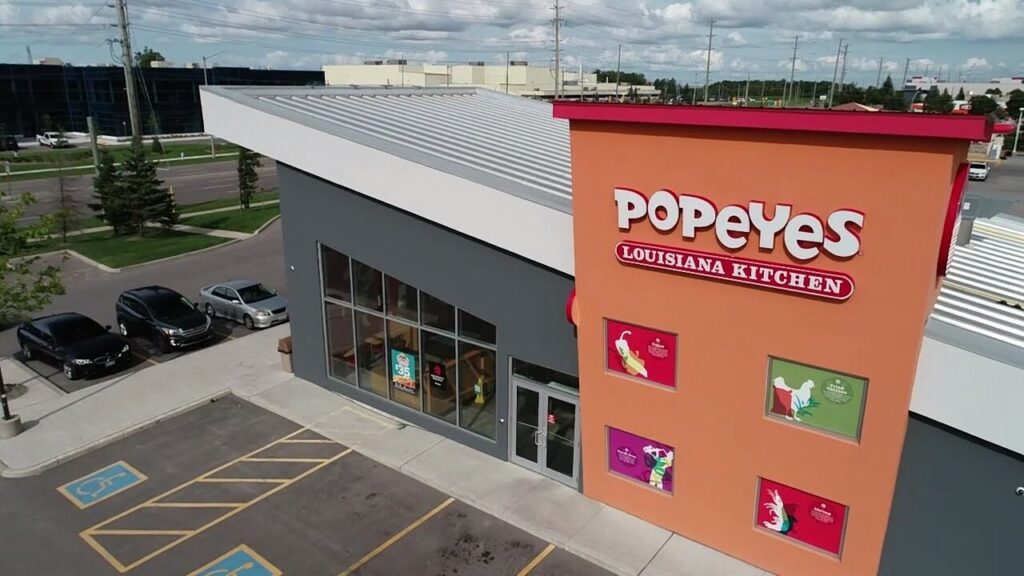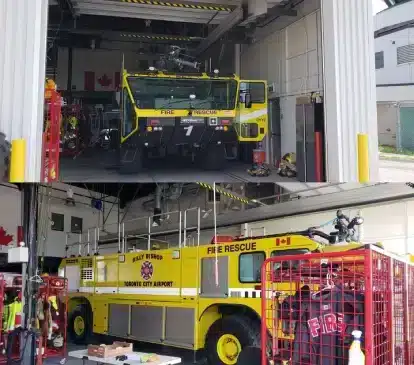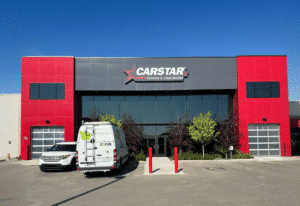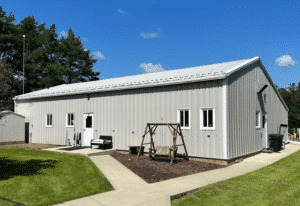In a previous blog, we discussed how all steel buildings must be custom engineered taking into consideration the specific building codes and loads for their specific site location. We talked about the importance of understanding the specific Codes and Loads in the design of a metal building system.
Just as there are differences in structural design that correspond to different environmental conditions, there are also differences in design that relate directly to occupancy rating.
Understanding your building’s intended use is essential when planning a steel structure. One of the first questions to ask is, how do I find a buildings occupancy rating? This rating affects how much reinforcement is needed and whether the structure meets local building code requirements. In this blog, we explain the different building occupancy types and why they matter in the engineering process.
What Are Human Occupancy Ratings?
As the name implies, the occupancy rating is a designation given to a structure based on the number of human beings that the structure’s application would typically require or dictate. In general, the more people a building needs to protect, the stronger the building is required to be.
In general, the more people a building needs to protect, meaning the higher the building occupancy, the stronger the building is required to be.
Buildings can fall into one of four building occupancy ratings categories:
- Low Human Occupancy
- Normal Human Occupancy
- High/Substantial Human Occupancy
- Post-Disaster/Essential
Building Occupancy Types Explained
The majority of structures are designated as Normal Human Occupancy by the permit office. This is the catch-basin for all structures that do not fit into any of the other categories. Therefore, it is easier to distinguish what is NOT Normal Human Occupancy to understand what that category actually includes. With that said, let’s examine the different building occupancy types and what each requires.
Low Human Occupancy
Buildings designated as Low Human Occupancy are strictly defined as those which have an occupant load of not more than one person per 431 square feet of floor area during normal use.
Examples of Low Human Occupancy buildings include agricultural structures, storage and equipment buildings. Each case is carefully evaluated before changing the occupancy rating.
- Produce storage and packing facilities
- Livestock and poultry housing
- Equipment and machinery storage
- Milking and dairy centres
- Manure storage
- Feed preparation facilities
- Grain bins and silos
- Farm workshops, farm rental centres
- Horse arenas, riding, exercise and training facilities
- Greenhouse and grow-op facilities


Additionally, backyard garages can be considered Low Human Occupancy buildings when used for the purpose of item or vehicle storage, but it’s also important to consider the amount of people using the garage at the same time.
High Human Occupancy
Buildings designated as High Human Occupancy are those that are likely to be used as post-disaster shelters but whose primary use is characterized by a dense occupancy of building during regular operations.
Examples of structures that are typically designated as High Human Occupancy include:

Restaurants, like the one built by Norsteel here, are examples of high human occupancy buildings.
- Elementary, middle or secondary schools
- Universities and colleges
- Auditoriums and stadiums
- Places of worship; churches, mosques, etc.
- Community centres
- Manufacturing and storage facilities containing toxic, explosive, or other hazardous substances in sufficient quantities to be dangerous to the public if released
Post-Disaster
The Post-Disaster designation is given to buildings which are essential to the provision of services in the event of a disaster. As you might expect, this occupancy of building category requires the highest level of structural design and reinforcement.
Examples of structures that are typically designated as Post-Disaster Buildings include:
- Hospitals, emergency treatment facilities, and blood banks
- Telephone exchanges
- Power generating stations and electrical substations
- Control centres for air, land, and marine transportation
- Public water treatment and storage facilities, and pumping stations
- Sewage treatment facilities
- Buildings with critical national defense functions
- Emergency response facilities
- Fire, rescue, and police stations, and housing for vehicles, aircraft, or boats used for such purposes
- Communications facilities, including radio and television stations

Fire stations and emergency vehicle storage like the one pictured here are examples of post-disaster buildings.
Multi-Use Buildings and Occupancy Ratings
Some steel buildings are designed for more than one function—such as a warehouse with office space, a farm structure with a retail area, or a backyard garage with a loft or hobby workshop. In these cases, the building occupancy rating typically reflects the most demanding use.
Even if part of the space qualifies as Low Human Occupancy, the overall structure may require a higher rating to meet safety and code requirements. Discussing all intended uses with your building consultant early in the process is key to ensuring the building is engineered correctly and approved without delays.
How Do I Find a Building's Occupancy Rating?
To find your building’s occupancy rating, start by identifying how the building will be used and how many people are expected to occupy it during regular use. These factors determine how the structure must perform under safety and code requirements.
Ultimately, building occupancy ratings are assigned by your local building permit office. Their decision will be based on national or regional building codes and the information you provide during the design and permitting process.
Although the final rating is determined by the authorities, it is important to discuss occupancy early in the planning stage with your steel building provider. This allows your structure to be engineered correctly from the start—preventing costly revisions or permitting delays.
Why Occupancy Ratings Matter in Steel Building Design
Building occupancy ratings have a direct impact on the safety, strength, compliance with building codes, and cost of your steel building. The more people a building is meant to protect, the more robust the structure needs to be – resulting in more steel and, therefore, more cost.
When comparing building quotes, make sure you’re comparing the same building occupancy types. Some companies may use a Low Human Occupancy rating to lower costs – but that may not be suitable for your building’s actual function.
Occupancy Ratings and Norsteel
At Norsteel, we design according to your specific project’s needs and functionality requirements. So, if your building’s function requires a higher or lower human occupancy rating, this is an important discussion that you should have with your building consultant. Determining the proper occupancy rating for your building will have a direct influence on the integrity of your engineered structure and it has an impact on the cost.
In general, more people = more steel = more cost.
At Norsteel, unless you tell us otherwise, we will always default to designing your structure with a Normal Human Occupancy rating. Not all metal building providers default in this way. Some design using a Low Human Occupancy Ratings (category 1). This is important to consider when you are comparing your quotes. Remember that a change in a structure’s occupancy rating will change its strength as well as its cost. So be mindful.
In the end, it is the permit office that will determine the essential rating for your structure, so it is important for you to understand where your building sits on the scale. This way, you can make an informed decision on the right building occupancy from the very beginning of the design process.
Click here to contact us today for a free, no obligation quote on your next building project!











